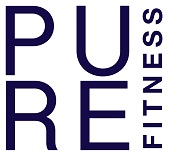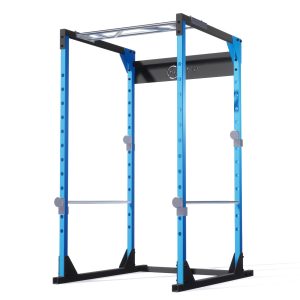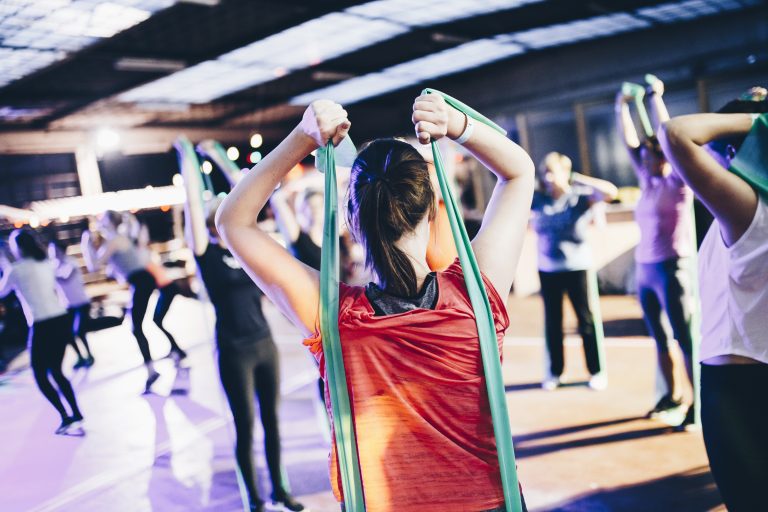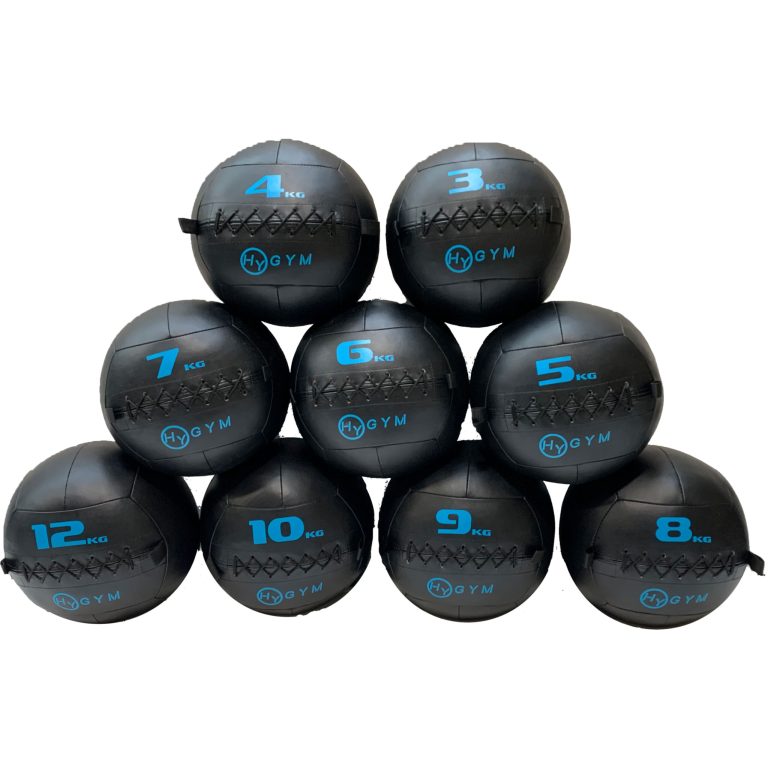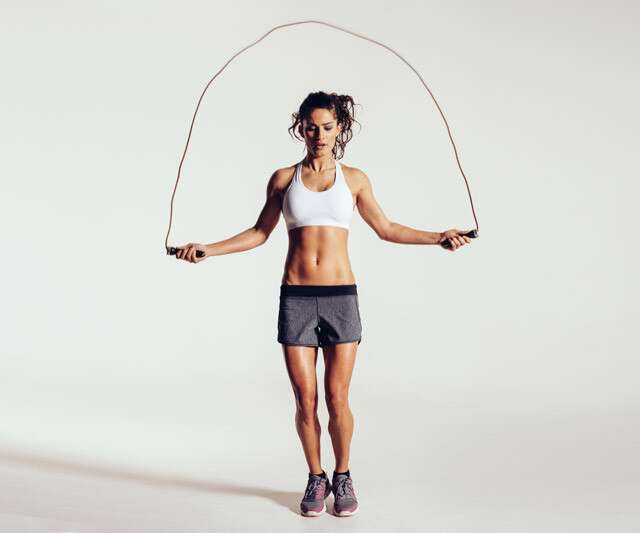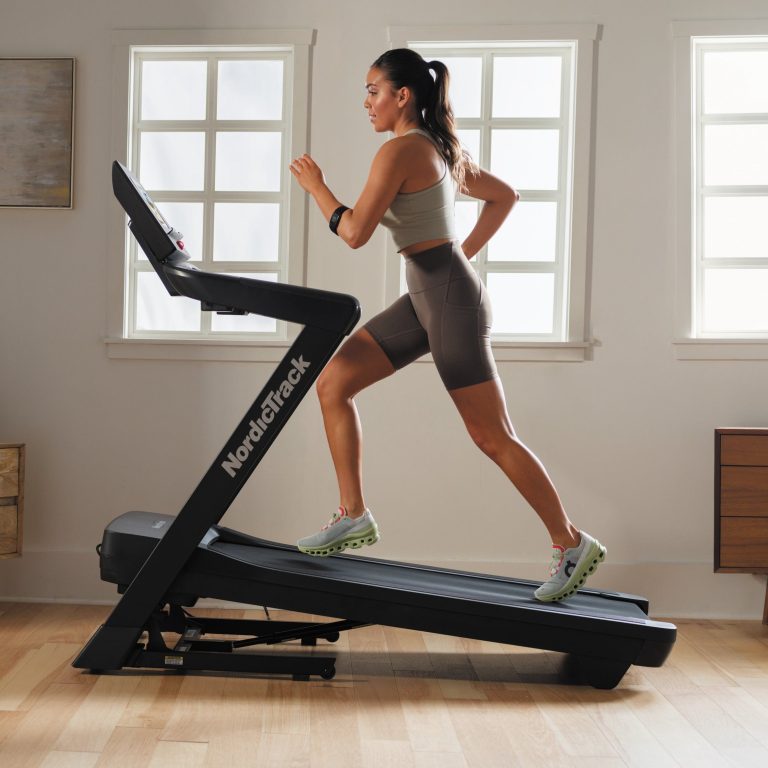Are you new to the world of fitness and unsure how to properly utilize a squat rack? Look no further! This article will guide you through the basics of using a squat rack, providing you with step-by-step instructions and helpful tips to help you get started on your fitness journey. Whether you’re aiming to build strength, improve your form, or simply gain confidence in the gym, this beginner’s guide to using a squat rack is here to support you every step of the way. So grab your workout gear and let’s dive right in!
Table of Contents
ToggleSafety Precautions
Checking the Equipment
Before starting any exercise routine, it is crucial to ensure that the equipment you are using is in proper working condition. Take a moment to inspect the squat rack for any signs of damage or wear. Check if all the bolts and screws are securely tightened, and make sure that the safety bars and J-hooks are properly aligned. It is also a good idea to check the weight plates for any cracks or defects. By taking these simple steps, you can prevent any potential accidents or injuries during your workout.
Warming Up
Warming up is an essential part of any exercise routine, as it helps to prepare your muscles and joints for the upcoming physical activity. Before using the squat rack, spend at least 5-10 minutes performing dynamic stretches and light cardio exercises such as jogging or jumping jacks. This will increase your body’s core temperature and blood circulation, reducing the risk of strains or muscle pulls. Remember, warming up is not something to be skipped, as it can significantly improve your overall performance and help prevent injury.
Using Proper Form
Using proper form is vital when using a squat rack. It not only maximizes the effectiveness of the exercise but also prevents unnecessary strain on your joints and muscles. Make sure to maintain a neutral spine throughout the movement, with your chest lifted and your shoulders back. Keep your feet shoulder-width apart and point your toes slightly outward. As you descend into the squat, focus on pushing your hips back and keeping your knees aligned with your toes. By using proper form, you will not only reap the benefits of the exercise but also reduce the risk of any potential injuries.
Setting Up the Squat Rack
Adjusting the J-Hooks
The J-hooks are an essential component of the squat rack, as they hold the barbell in place during the exercise. When adjusting the J-hooks, make sure they are set at a height that allows you to comfortably rest the barbell on your upper back. As a general guideline, the J-hooks should be positioned just below shoulder level. However, this may vary depending on your height and flexibility. Take your time to find the right height that allows you to unrack and rack the barbell safely and comfortably.
Setting the Barbell Height
The next step in setting up the squat rack is determining the appropriate height for the barbell. Stand facing the rack, and with your hands extended overhead, grasp the barbell with a shoulder-width grip. Now, lower the barbell to a position where it rests comfortably on your upper back without causing any strain or discomfort. This position should allow you to unrack and rack the barbell with ease during your squats. Remember, it’s important to find the right height for your body to ensure a safe and effective workout.
Placing Safety Bars
Safety bars are an essential safety feature of a squat rack and should be correctly positioned to prevent any potential accidents or injuries. Place the safety bars at a height slightly lower than the lowest point of your squat. This way, if you struggle or fail to complete a repetition, the barbell can be safely caught by the safety bars, preventing it from falling onto you. Properly setting the safety bars ensures that you can push yourself to your limits without compromising your safety.
Choosing the Right Weight
Determining Your Starting Weight
When starting with squats, it is essential to choose a weight that is appropriate for your fitness level. Begin with a weight that allows you to perform the exercise with proper form and without straining your muscles excessively. It is generally recommended to start with just the barbell, which weighs around 45 pounds, and gradually increase the weight as you become more comfortable and confident with the movement. Remember, it’s better to start light and work your way up rather than risking injury by lifting too much weight.
Progressing Gradually
As you become more experienced and confident with squatting, it’s important to progressively increase the weight to continuously challenge your muscles and stimulate growth. Aim to increase the weight by small increments, such as 5 pounds each week, to avoid placing excessive stress on your body. By gradually progressing, you give your muscles time to adapt and strengthen, minimizing the risk of injury and allowing for steady progress over time.
Seeking Guidance
If you are unsure about determining the right weight or progressing your squat routine, don’t hesitate to seek guidance from a qualified fitness professional or trainer. They can assess your individual capabilities, goals, and provide personalized advice on how to safely and effectively incorporate squats into your fitness routine. Having an expert by your side can help you avoid common mistakes and maximize your potential for growth.
Starting with the Basic Squat
Positioning Yourself Under the Bar
Begin by positioning yourself under the bar, ensuring that it rests across your upper back, just below your neck. Step into the squat rack and align your feet shoulder-width apart. As you prepare to lift the barbell, make sure it is centered and balanced on your upper back.
Gripping the Bar
Place your hands on the bar using an overhand grip, slightly wider than shoulder-width apart. Ensure that your wrists are in a neutral position and that the bar is secure in your grip. Having a firm and stable grip on the bar is crucial to maintain control and stability throughout the exercise.
Unracking the Bar
Before unracking the bar, take a deep breath and brace your core by contracting your abdominal muscles. This will create stability and support for your spine during the exercise. With a controlled motion, push upwards with your legs and shoulders to unrack the bar. Take a step back, ensuring that you have enough space to perform the squat comfortably and safely.
Performing the Squat
Bracing Your Core
Maintaining a strong and stable core is crucial throughout the squat movement. Before descending into the squat, take a deep breath, and engage your core muscles by drawing your belly button in towards your spine. This will provide support to your lower back and help maintain a neutral spine position.
Initiating the Movement
To initiate the squat, begin by pushing your hips back as if sitting onto an imaginary chair. Simultaneously, bend your knees and lower your body down towards the ground. Aim to keep your chest lifted, your shoulders back, and your weight evenly distributed on your feet. The squat should be a controlled movement, emphasizing a slow lowering phase and an explosive concentric phase (ascending) to maximize muscle activation.
Descending and Ascending
As you descend into the squat, aim to reach at least parallel or lower, with your thighs parallel to the ground or slightly below. At the bottom position, pause for a moment, and then push through your heels to drive your body upwards, straightening your legs and returning to the starting position. Remember, maintaining proper form throughout the movement is crucial for an effective and safe squat.
Common Mistakes to Avoid
Leaning Too Far Forward
One common mistake when performing squats is leaning too far forward, which places excessive stress on your lower back and reduces the effectiveness of the exercise. To avoid this, focus on keeping your chest lifted and your gaze straight ahead throughout the movement. Properly engaging your core and pushing your hips back will help maintain a more upright position.
Knees Caving Inwards
Allowing your knees to cave inwards during the squat puts unnecessary stress on your knee joints and can lead to injury. To prevent this, actively push your knees outward, in line with your toes, throughout the entire movement. This will engage your hip muscles and help maintain proper alignment, ensuring a safer and more effective squat.
Lack of Depth
Another common mistake is not achieving enough depth in the squat. Going below parallel (thighs parallel to the ground or slightly lower) increases muscle activation and enhances the benefits of the exercise. Aim to reach this depth while maintaining proper form to reap the full benefits of the squat.
Expanding Your Squat Rack Routine
Front Squats
Once you have mastered the basic squat, you can start incorporating variations into your routine to keep challenging your muscles. Front squats are an excellent option to target your quadriceps, core, and upper back. Instead of resting the barbell on your upper back, place it across the front of your shoulders, arms crossed, and elbows lifted. Perform the squat movement as usual, focusing on maintaining proper form and control throughout.
Overhead Press
Incorporating overhead presses into your squat rack routine is a great way to engage your shoulders, triceps, and core while also working your lower body. Begin standing in front of the squat rack, holding the barbell with a shoulder-width grip. With an explosive movement, push the barbell overhead while simultaneously descending into a squat. Return to the starting position and repeat for the desired number of repetitions. This exercise challenges your stability and coordination while providing a full-body workout.
Barbell Lunges
Barbell lunges are an excellent exercise to target your glutes, hamstrings, and quadriceps while also challenging your core stability. To perform barbell lunges, step forward with one foot, keeping your torso upright and your core engaged. Lower your body by bending both knees, aiming to bring your back knee close to the ground. Push through your front heel to return to the starting position and repeat on the other leg. Adding barbell lunges to your routine can help enhance lower body strength and muscle definition.
Utilizing Safety Bars and Spotter
Setting the Safety Bars
The safety bars on a squat rack are essential for safety and can help prevent injury if you fail to complete a repetition. To set the safety bars, position them just below the depth where you will be squatting, ensuring they are evenly aligned and securely in place. When in doubt, it is better to set them slightly lower rather than too high, as this will provide a safety net in case you lose control of the barbell.
Utilizing a Spotter
Having a spotter by your side can provide an extra layer of safety and support during your squat rack workouts. A spotter can help ensure that you maintain proper form and assist you in getting through those last few challenging repetitions. They can also watch for any signs of struggle or fatigue and step in to assist or catch the barbell if needed. If possible, it’s always a great idea to have a trusted workout partner or trainer spot you during heavy or intense squat sessions.
Practicing Failure
While it might sound counterintuitive, practicing failure during your squat rack workouts can teach your body how to safely bail out of a failed repetition. In case you find yourself unable to complete a squat safely, it is crucial to practice how to release the barbell using proper techniques. Start with lighter weights and gradually increase the load as you become more comfortable and confident. Always prioritize safety and never hesitate to dump the barbell if necessary to prevent injury.
Incorporating Variations and Equipment
Box Squats
Box squats are an effective variation that focuses on hip strength and mobility. To perform a box squat, position a sturdy box or bench behind you. As you squat down, aim to make gentle contact with the box while maintaining proper form. Pause briefly and then drive through your heels to stand back up. Box squats are beneficial for improving explosive power, refining technique, and building strength in the posterior chain.
Pause Squats
Pause squats are an excellent way to develop strength and control at the bottom position of the squat. After reaching parallel or slightly lower, hold the position for a 2-3 second pause before ascending. This pause removes the stretch reflex and forces your muscles to work harder to initiate the ascent. Incorporating pause squats into your routine can help break through plateaus and improve overall squat strength.
Adding Resistance Bands
Resistance bands can be a valuable addition to your squat rack routine, as they provide accommodating resistance, making the exercise more challenging throughout the entire range of motion. By attaching resistance bands to the barbell and the base of the squat rack, you increase tension as you ascend from the squat, effectively targeting your muscles at their strongest point. Adding resistance bands can enhance muscle activation and help improve strength gains over time.
Tracking Your Progress
Keeping a Training Log
Keeping a training log is an essential tool for tracking your progress and ensuring consistency in your workouts. Record the date, exercises, weights used, sets, and reps performed for each squat rack session. This allows you to monitor your progress over time, identify areas for improvement, and adjust your routine accordingly. A training log also serves as a motivational tool, as you can see how far you’ve come and stay motivated to push yourself further.
Monitoring Weight and Reps
To ensure progression, it’s essential to monitor the weights and repetitions performed during your squat rack workouts. As you become stronger and more comfortable with the exercise, gradually increase the weight while maintaining proper form. Aim to perform an appropriate number of repetitions that challenge your muscles without compromising your technique. Continually monitoring and adjusting these variables will help you steadily progress and achieve your fitness goals.
Tracking Personal Records
Lastly, tracking your personal records (PRs) is a great way to celebrate milestones and motivate yourself to continue improving. Whether it’s the heaviest weight you’ve squatted or the most repetitions you’ve completed at a certain weight, keep a record of your accomplishments. Setting new PRs not only boosts confidence but also serves as a tangible reminder of your progress and dedication to your squat rack training. Remember, every new PR is a testament to your hard work and commitment.
By following these safety precautions, learning the correct setup, choosing the right weight, and using proper form, you can confidently and safely use a squat rack as a beginner. From the basic squat to variations and expansions, incorporating a squat rack routine into your fitness regimen offers tremendous benefits for your overall strength, muscle development, and functional movement. Remember to always prioritize safety, seek guidance when needed, and track your progress to continue growing and achieving your fitness goals. So, step up to the squat rack, unleash your strength, and embrace the transformative power of squats!
Total word count: 2203 words.
